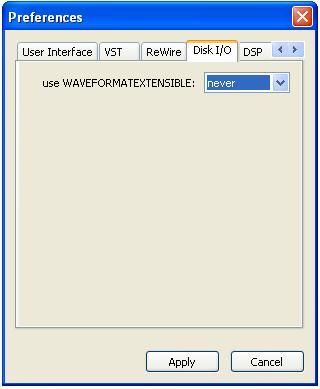
Sometimes the results are quite striking. Try out any of the over 110 presets and change the order of the effects. The drop down window allows you to select from the six options. The small window in the middle of the top panel with a legend such as “B→F→D” gives the order of the effects. The three effects modules can be placed in any order. MIDI CC controls can also be added to any of the controls on the panel. The amount of LFO effect on the chosen parameter is set by the knobs in the middle. Each module also has an internal LFO to control aspects of the effect. At the bottom is a Delay unit, with controls for delay length and feedback – number of repeats.

In the middle is a state-variable Filter (Low, High, Band and Notch).

At the top is a Buffer, which fills up with data from your input and which you can manipulate in various ways. Fracture consists of three modules, each of which does a different thing. Looking at Fracture itself, we can see that there is a control bar at the top, then three distinct panels below this, and output controls and a preset recall panel at the bottom. On the right of the picture, you can see the controls for the Audio File Player and the Audio File Recorder. The output of Fracture goes to the Mixer, and the output of that goes to the Audio File Recorder and the Audio Output. It’s got a MIDI control and a sound file player patched into Fracture. The patch in Plogue Bidule is in the middle. The VST plugin, of course, will work in any Mac or PC DAW. This picture shows Fracture in the Plogue Bidule plugin environment. A good introduction to the capabilities and orientation of their products is shown by Fracture, one of their free plugins. They also offer eighteen packs of samples for connoisseurs of the unusual and adventurous (four of these are free). They now have ten plugins on offer (two of them free, including Fracture), all of which emphasise the creative and more extreme side of sound modification in a number of different ways. Starting out as a producer of custom circuit-bent instruments, they then expanded into software design, with an emphasis on the clever, the quirky and the unexpected.

Glitchmachines ( ) was founded in 2005 by Ivo Ivanov. A very nice set of sound manglers, freely configurable for your programming pleasure, and free.


 0 kommentar(er)
0 kommentar(er)
